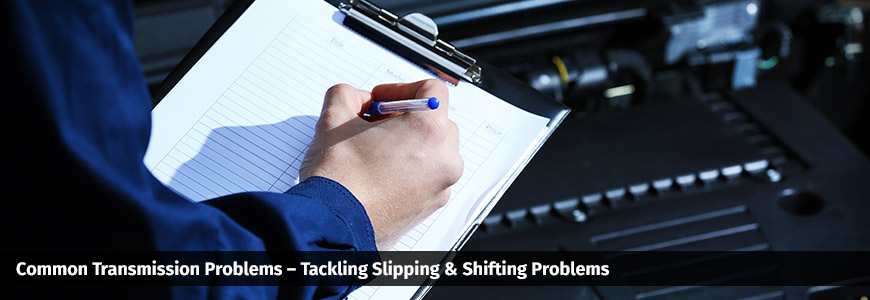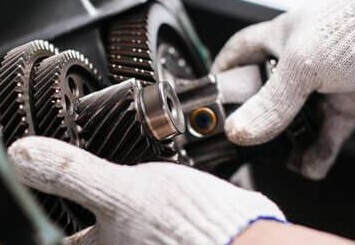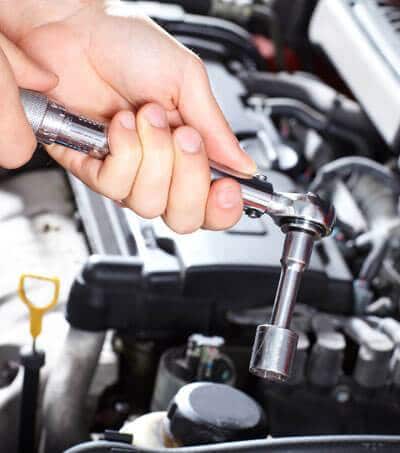



Transmissions are complex and intricate pieces of machinery. Figuring out if they are performing at optimal levels can be tricky. Figuring out exactly why they are not performing at optimal levels is even trickier. This is why skilled transmission technicians are so valuable; they can spot and figure out what the average driver cannot. But that doesn’t mean that you can’t learn a little about transmission problems and how to identify them yourself.
Let us begin with the more basic transmission problems. Actually, let us begin with the most basic of the basic: your warning light. If your transmission warning light is flashing, you have to bring your vehicle in for inspection. This should go without saying, but unfortunately, many people carry on ignoring their warning lights. This is bad. Even if the problem is merely a computer error that lights up the warning light mistakenly, then at least get that checked out and fixed.
Second, we have fluid leaks. A transmission fluid leak is also pretty easy to spot. Do you see a reddish liquid underneath where your vehicle was parked as you drive away? Well, that’s transmission fluid and it’s supposed to be in your transmission, not on your driveway. A leak is often a fairly straightforward reseal job. But for big leaks, a complete reseal may be necessary.
If your transmission fluid is leaking, this can cause a number of problems. Many transmission problems are linked to an insufficient amount of fluid. One common transmission problem is slipping. If you feel your transmission slip out of gear into another one which you did not intend, this is a problem. For starters, check your transmission fluid level and top it up if necessary.
Keep in mind, though, that your fluid level is not the only matter to be aware of. The fluid itself can be burnt or damaged. The transmission fluid should be a translucent reddish color. If it the fluid is discoloured or has an unpleasant odour, this could be a sign of deeper transmission problems. Top off your fluid and change out any tarnished fluid. If the problem persists, however, you will need to bring you vehicle in for further investigation. A slipping transmission is just too dangerous to ignore.
In addition to slipping, rough or harsh shifts are also an indicator that something is wrong with your transmission. You want your shifts in and out of gear to be smooth and easy, not choppy and bumpy. Delayed engagement is another sign of a transmission problem. Of course, all transmissions are different and operate differently. But you want your transmission to respond and engage quickly, so you can be sure your transmission is running efficiently and that you are driving a safe and properly working vehicle. It’s pretty important.
If you would like to learn more about a transmission problem you think your vehicle has or transmission problems more generally, how to spot them, or how we at Mister Transmission can fix them, please do not hesitate to contact us today.




The evolution of transmissions has made these machines and systems increasingly complex. When transmission repairs are required, determining the cause and cure for what ails can be tricky.
Read More
At Mister Transmission we have access to leading-edge diagnostic equipment, enabling us to offer you the fastest and most accurate findings about what’s going on inside your vehicle’s transmission.
Read More
Just as you have other parts of your car serviced, your transmission needs maintenance to ensure a long life and avoid transmission problems.
Read More